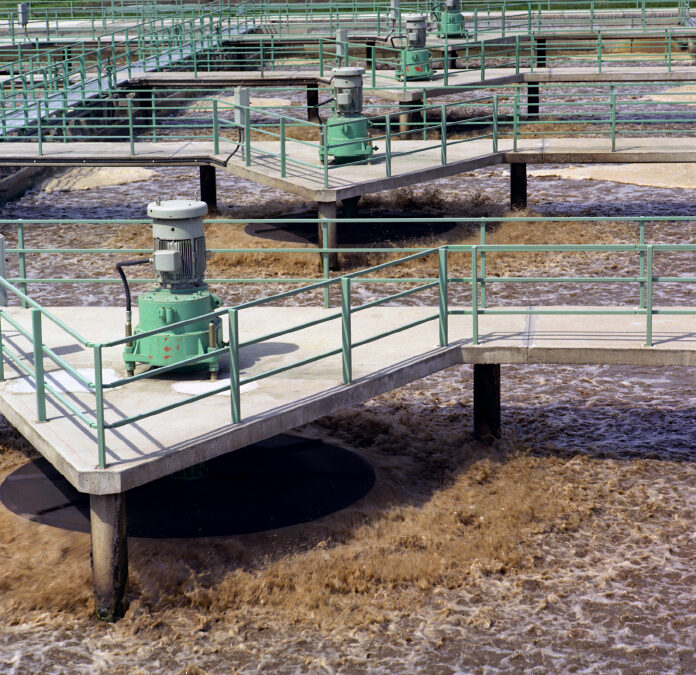You often hear that a biological treatment system is:
- Healthy
- In balance
- Stable
- Equilibrium
- Steady stateUnless your system receives a uniform influent at a constant flow in addition to other environmental variables not changing, a biological system is always changing and adapting to the system’s environmental conditions. So instead of an equilibrium or steady-state point, we actually have a range in which we try to operate. For fans of the growth curve, we call decline phase growth the ideal operating zone. Decline phase growth is the region where:
- Biofilm and floc size and density are optimized
- Water in settling tests is clear without pin floc
- Respiration rates (SOUR) are within normal range
- Nutrient removal by slow growing, ecological niche organisms are present in needed numbers

Growth Curve for Aerobic Systems
With minor fluctuations in loadings or conditions, the system rapidly adjusts to the ideal point. But at times, the environment promotes a new undesirable equilibrium, or the system fails to stabilize in the decline phase growth zone. From an operator’s perspective, instability is seen as:
- Settling problems – pin floc, filamentous bulking, & Zoogleal (non-filamentous bulking)
- Foam – caused by log phase growth (easy to control), surfactants, & Nocardia forms
- Unexplained low D.O.
- Failure of nitrification or other parts of biological nutrient removal processes.
Restoring Equilibrium
I like to go through a rapid trouble shooting process to find out why a system had fallen out of target operating ranges – and the answer is never “Nothing has changed”. Here is a short checklist:
- Did the influent change – not just BOD/COD numbers – but did you receive new compounds organic or inorganic.
- Mechanical problems – aeration system issues, clarifier problems, down to even flow meter/pump issues
- Once you know the most likely cause of problems, you can move to control measures to restore a good biomass. Control tools available include antifoams, polymers, nutrients (some systems need macro & micronutrients to stay healthy), supplemental oxygen, and bioaugmentation.
Let us know if you have any questions!

